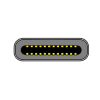15
High Trust Products3
Not Working ProductsChargers and Power Banks
Headphone & Speakers
Cases & Covers
Virtual Reality
Cables & Adapters
Media Player
Laptop
Tablet
Desktop
Cell Phone
Printers & Copiers
Memory Cards
TV
Computer Display
Game Console
Smart Home
Wearable Technology
Photo & Video Camera
Car Electronics
Car
Networking Equipment
Smart Toys
Home Audio & Video
Professional & Industrial
Storage Drive
Docking Station
Game Console Controllers
Set-top box
Keyboard, Mice, & Stylus
Portable Music Player
Computer Parts & Components
Cordless & Speakerphones
Projector
Software
Reporting
Mi 6
by Xiaomi







Interested in this product?

Select a product category to see which devices type we recommend to use with the Mi 6:

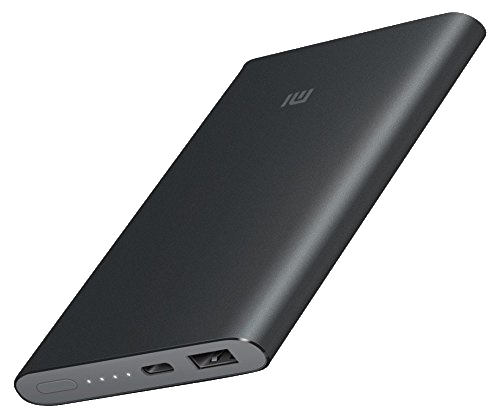

Xiaomi Mi 6 Supports Both Qualcomm Quick Charge and USB Power Delivery over USB Type-C
Southeast Asia has developed a long standing affinity with Chinese mobile brands. Xiaomi in particular has a huge fanbase in India for their low priced and high specs phones. After the distinctly more premium Mi 5, Xiaomi recently brought out the Mi 6, yet another flagship. In fact, the Mi 6 is the first Xiaomi phone to support USB Power Delivery fast charging technology over the USB Type-C connector which is a great improvement from the Mi 5.
The Xiaomi Mi 6 can support both USB Power Delivery and Qualcomm Quick Charge 3.0 through its Qualcomm Snapdragon 835 chipset. Along with the same chipset, the Mi 6 goes head to head with its next of kin rival OnePlus 5 to also offer Android 7 Nougat and Adreno 540 GPU. The OnePlus 5 on the other hand uses its own proprietary Dash Charge quick charging capability over USB Type-C.
Xiaomi meanwhile has been strongly supporting Qualcomm Quick Charge since the Redmi Note 3 up to the Mi 5. Even when the Mi 6 supports both charging technologies, Xiaomi still provides a Qualcomm Quick Charge 3.0 based rather than USB Power Delivery based charger for the Mi 6.
After purchasing the Xiaomi Mi 6 from Xiaomi's website in China, it came in a plain grayish box as opposed to the brighter looking Mi 5 packaging (see more here). The packaging design hints of a more sophisticated look for the Mi 6.

The Mi 6 model that we received actually contains 6GB LPDDR4x 1866MHz, 64-bit dual-channel memory as well as 128GB storage. This comes slightly higher end than the 4GB single-channel RAM on the Mi 5, which supports an earlier Qualcomm Snapdragon 820 chipset.
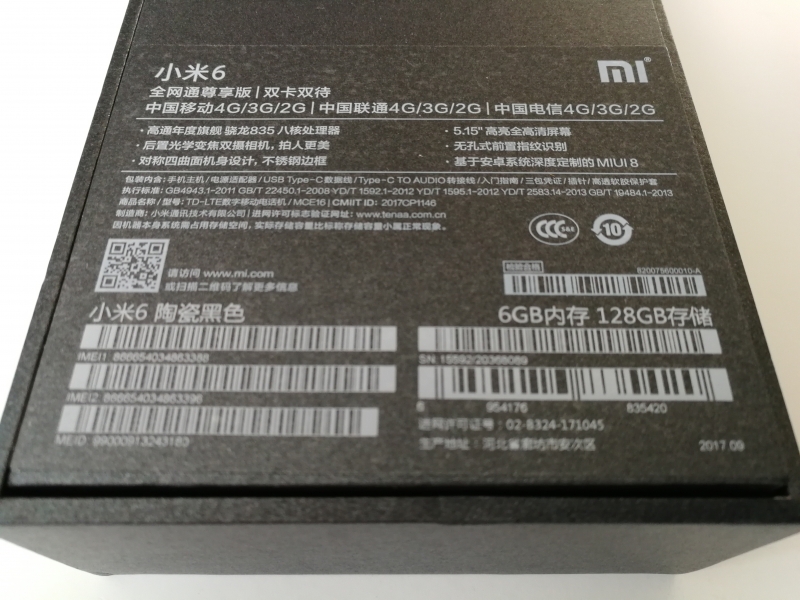

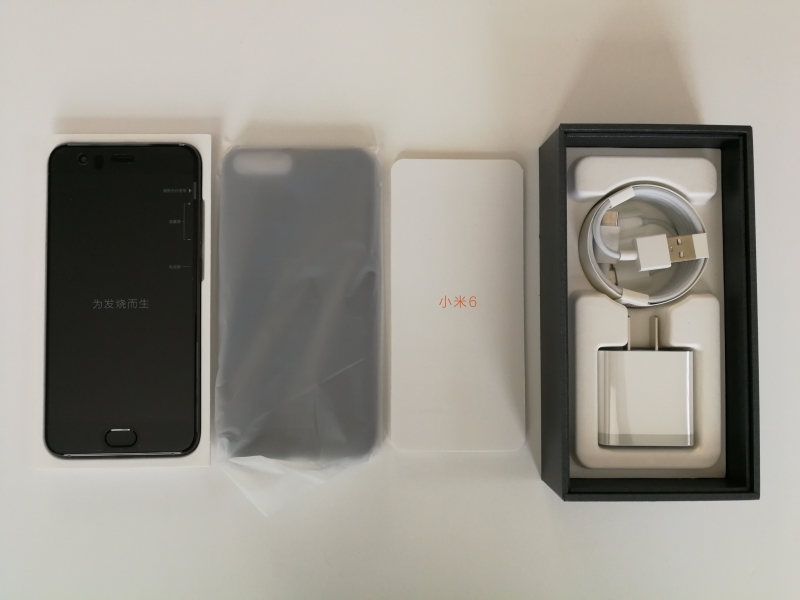
The Mi 6 is better equipped than the Mi 5 to additionally come with a SIM eject tool and clear soft case on top of the Xiaomi 18W QC 3.0 Charger, USB Type-C cable, and user manual. There's also a USB Type-C to 3.5 mm audio adapter that is useful to connect to your traditional audio headphones from the phone's USB Type-C port.

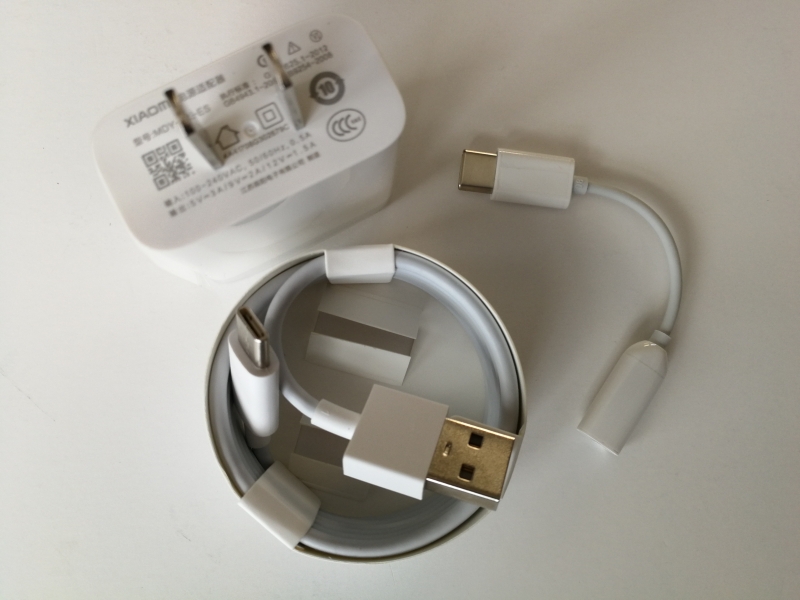
The Mi 6 still comes with a Qualcomm Quick Charge 3.0 enabled charger despite the phone also supporting USB Power Delivery. The Xiaomi 18W QC 3.0 Charger can support power profiles of 15 watts (5 volts @ 3 amps), 18 watts (9 volts @ 2 amps), and 18 watts (12 volts @ 1.5 amps). Fortunately the Mi 6 can enjoy higher power and resulting faster charging than the 12W charger that previously came with the Mi 5. By comparison, the LG G5 and LG G6 which are also enabled with both USB Power Delivery and Qualcomm Quick Charge technology only support max 16.2 watts (9 volts @ 1.8 amps) of battery charging from their own Qualcomm Quick Charge based charger.

The 3.5mm analog audio port on the Mi 5 has been replaced with USB Type-C on the Mi 6 to join China's LeEco Le Max 2, Le 2 Pro, Le 2 and Lenovo's Moto Z Droid. Users have a choice to either use the supplied USB Type-C to 3.5 mm audio adapter or rely on Bluetooth headsets or USB Type-C based audio headphones like the JBL Reflect Aware C and CDLA Digital Earphones.
The back of the phone has a regulatory and barcode sticker which luckily peels off easily with no residue.

The Mi 6 is notably heavier on the hand compared to the Mi 5 which weighs an extra 39 grams.
While other premium phones like the Samsung Galaxy S8 and LG G5 support video output using DisplayPort Alternate Mode over USB Type-C, the USB Type-C connector of the Mi 6 has features closer to those of lower end phones by only supporting USB 2.0 speeds lacking any DisplayPort support which is also similar to the Huawei P10.
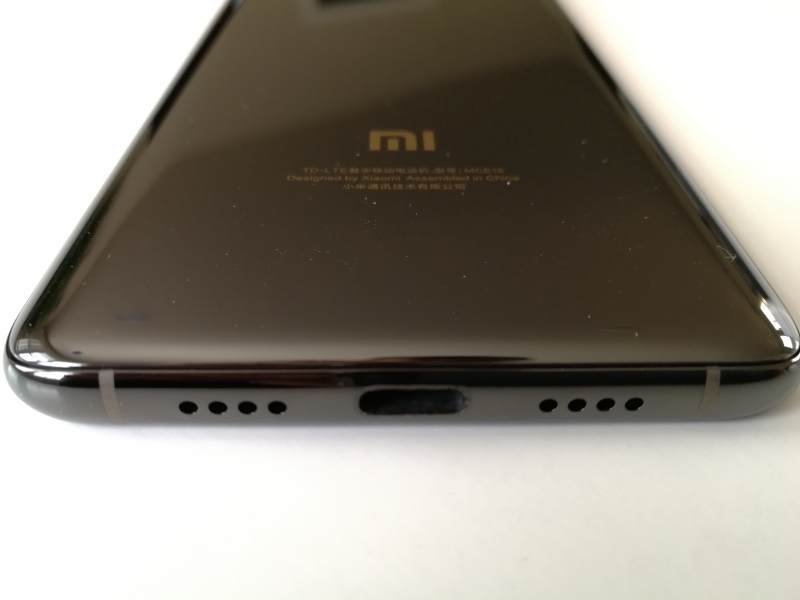
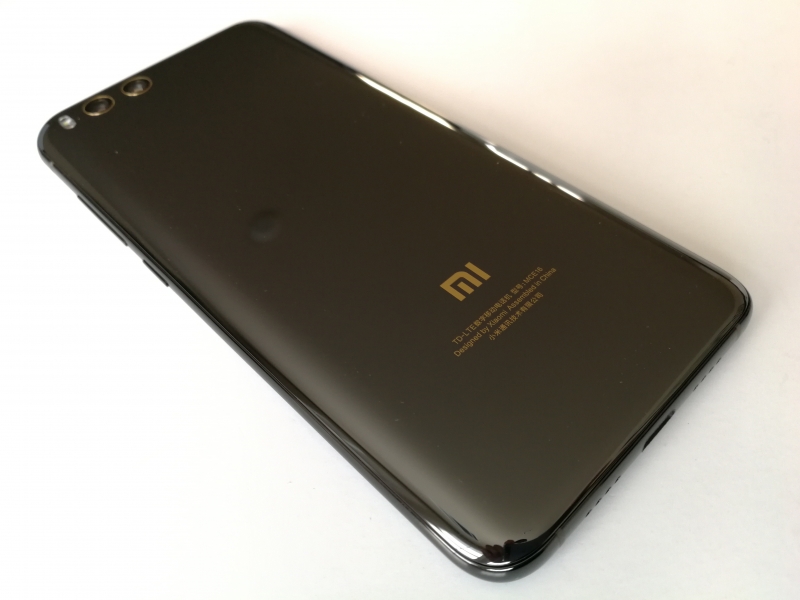
The Mi 6 has been upgraded from the Mi 5 to offer a more superior dual 12MP+12MP rear camera and 8MP front camera. The HDR enabled 12MP camera pair consists of each a 1.25μm, f/1.8 aperture 6-piece lens and a 1.0 μm, f/2.6 aperture 5-piece lens. The 8MP front camera caters mostly for 'selfies' and also supports 1080p video calls. Both the Mi 5 and Mi 6 come with 4K video capture capability and Sony sensors. Xiaomi's partnership with Sony has helped to position its camera features as high-end and differentiate it from its competitors.
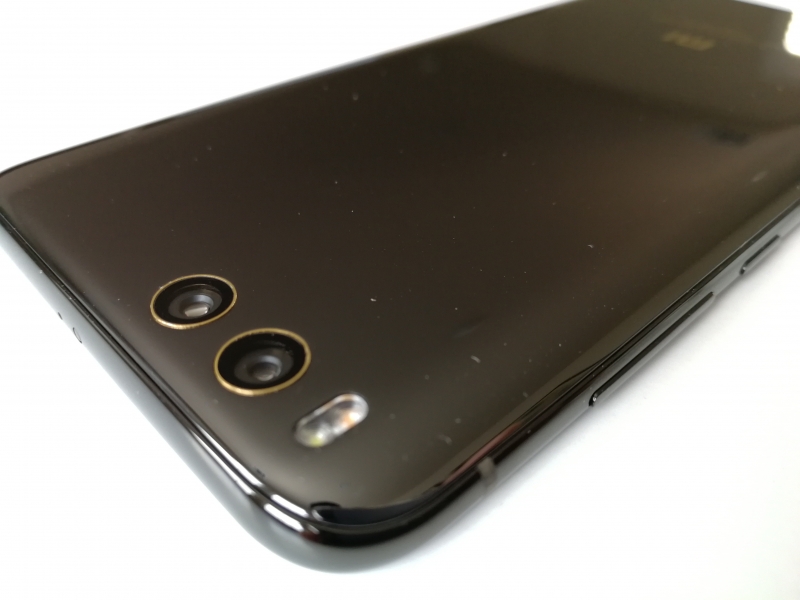
The Xiaomi Mi 6 runs on a newer and faster Android 7.1 than Android 6.0 on the Mi 5 and is powered by a 3350mAh non removable Lithium Polymer battery. The Mi 6 has the benefit of using the latest Bluetooth 5.0 but also supports two Nano-SIM as well as connectivity options including Wi-Fi, GPS, and NFC like the Mi 5. The Mi 6 also shares the same sensors such as accelerometer, gyroscope, compass, hall, and barometer.
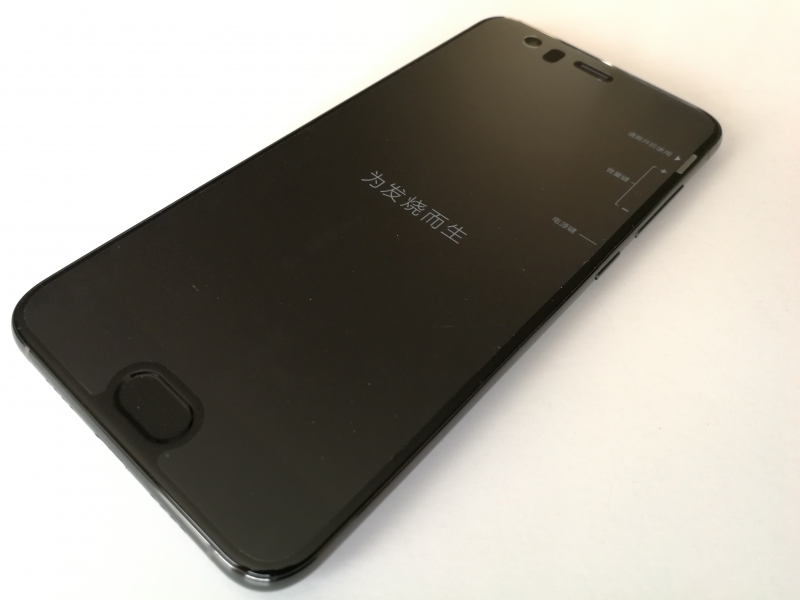
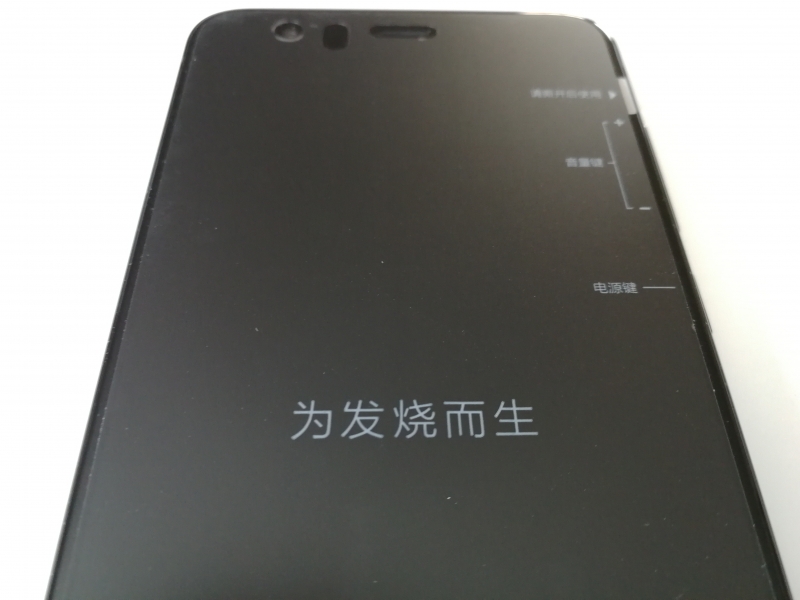
The 5.15 inch display is similar on both the Mi 6 and Mi 5 with 1920 x 1080 resolution. However the Mi 6 has a nicer look and feel with a metallic glass body which is also splash proof.
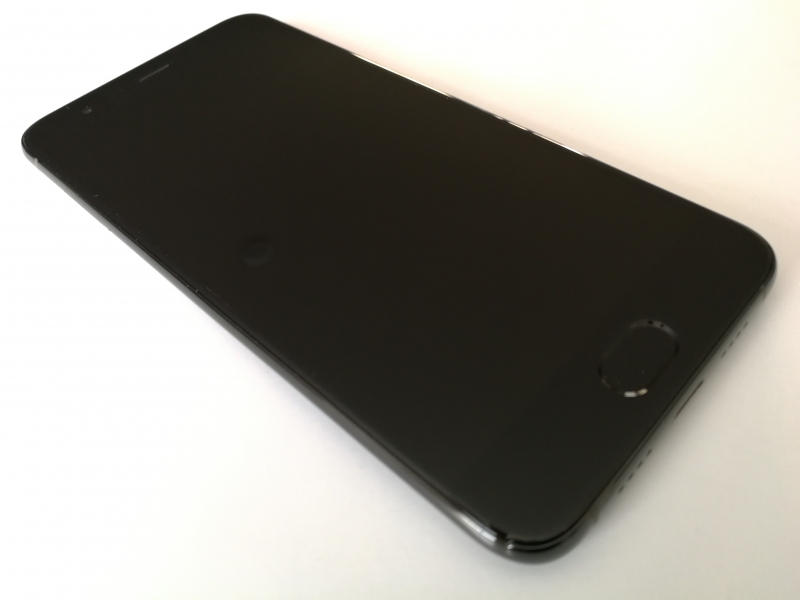
Like the Mi 5, the Mi 6 doesn't go with Android's direction by having a fingerprint scanner on the bottom front instead of the back making it more like the Apple iPhone.
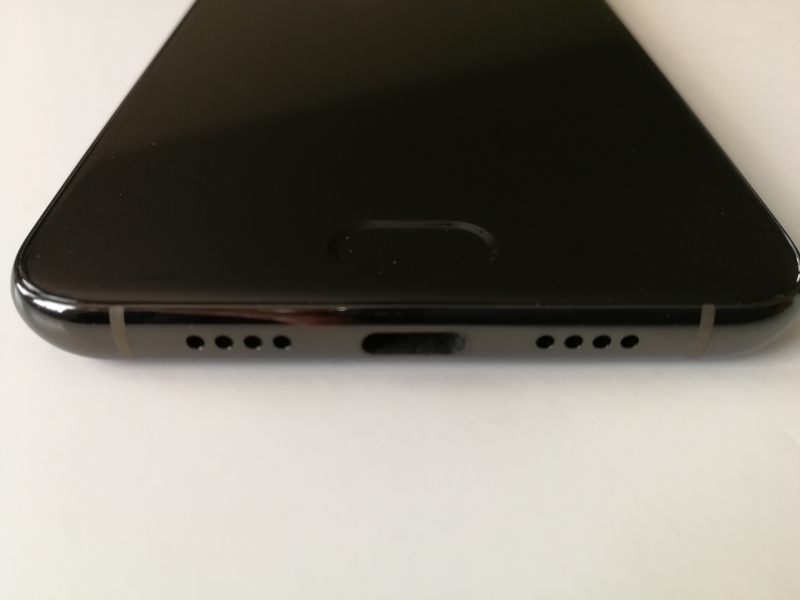
The power and volume buttons are located on the right side of the mobile also similar to the Mi 5.
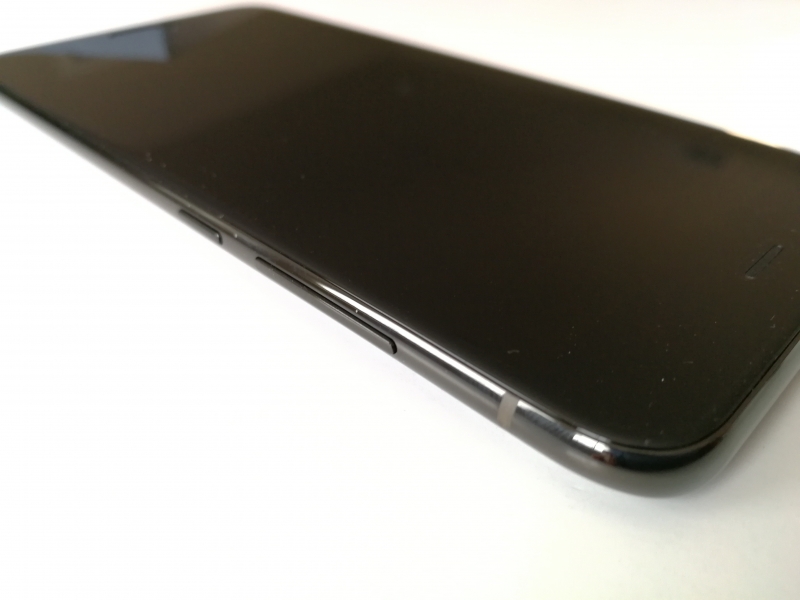
Despite lacking USB 3.1 Gen 1 speeds and DisplayPort over USB Type-C, the Xiaomi Mi 6 has its fair share of high end features comparable to many other premium phones. But perhaps having a more affordable price tag than other major brands for a flagship phone most likely remains a key selling point for the Mi 6.
Using the USB Power Delivery Compliance C2 Tester from Granite River Labs to run just a subset of the full USB Power Delivery compliance test suite, we can see that the Mi 6 supports the following PDO's: 7.5 watts (5 volts @ 1.5 amps), 15 watts (5 volts @ 3 amps), 27 watts (9 volts @ 3 amps), and 27 watts (12 volts @ 2.25 amps) for charging. Note some compliance failures were observed. We can also see that the phone uses a Qualcomm based USB Power Delivery solution.
DUT Information
Manufacturer
|
Xiaomi
|
Model Number
|
Mi 6
|
Serial Number
|
Comm
|
Test Information
Date and Time:
|
20180224_042221
|
Controller and Instrument Information
Parameter
|
Value
|
|---|---|
GRL USB-PD_C2 Serial No.
|
035.013.035.032.064.
|
GRL USB-PD Software Version
|
1.3.3.8
|
GRL USB-PD Firmware Version
|
1.3.3.0.7
|
Board Calibration
|
Calibration Success.
|
App Mode
|
COMMUNICATION_ENGINE_TESTS
|
Tx Mask
|
true
|
Rx Mask
|
false
|
RX mask Power selection
|
Neutral Power
|
Device Type
|
DRP
|
Cable IR drop Imp(R)
|
0
|
Product Capabilities
Parameter
|
GetCapabilities
|
|---|---|
UUT_Device_Type
|
|
Vendor_Name
|
Qualcomm, Inc
|
Product_Name
|
|
Version_Info
|
|
TID
|
0x0
|
Type_C
|
NONE
|
SOP_Capable
|
NONE
|
SOP_P_Capable
|
NONE
|
SOP_PP_Capable
|
NONE
|
SOP_P_Debug_Capable
|
NONE
|
SOP_PP_Debug_Capable
|
NONE
|
Manufacturer_Info_Supported_Port
|
|
Manufacturer_Info_VID_Port
|
|
Manufacturer_Info_PID_Port
|
|
USB_Comms_Capable
|
YES
|
DR_Swap_To_DFP_Supported
|
YES
|
DR_Swap_To_UFP_Supported
|
YES
|
Externally_Powered
|
NO
|
VCONN_Swap_To_On_Supported
|
NONE
|
VCONN_Swap_To_Off_Supported
|
NONE
|
Responds_To_Discov
|
NONE
|
Attempts_Discov
|
NONE
|
Chunking_Implemented_SOP
|
NO
|
Unchunked_Extended_Messages_Supported
|
NO
|
Accepts_PR_Swap_As_Src
|
YES
|
Accepts_PR_Swap_As_Snk
|
YES
|
Requests_PR_Swap_As_Src
|
NONE
|
Requests_PR_Swap_As_Snk
|
NONE
|
XID
|
|
Structured_VDM_Version
|
V1.0
|
Data_Capable_as_USB_Host
|
YES
|
Data_Capable_as_USB_Device
|
YES
|
Product_Type_UFP_SOP
|
|
Product_Type_DFP_SOP
|
Peripheral
|
Modal_Operation_Supported
|
NO
|
Security_Msgs_Supported_SOP
|
NO
|
USB_VID
|
0x5C6
|
PID
|
0xA00
|
bcdDevice
|
0x0
|
SVIDs Min
|
0
|
SVIDs Max
|
0
|
SVID Fixed
|
NONE
|
Power Capabilities
Parameter
|
GetCapabilities
|
|---|---|
PD_Power_as_Sink
|
|
No_USB_Suspend_May_Be_Set
|
YES
|
GiveBack_May_Be_Set
|
NO
|
Higher_Capability_Set
|
NO
|
Num_Snk_PDOs
|
|
Supply Type #1
|
Fixed
|
Voltage #1
|
0x64(5V)
|
OP Current #1
|
0x12C(3A)
|
Supply Type #2
|
Fixed
|
Voltage #2
|
0xB4(9V)
|
OP Current #2
|
0x12C(3A)
|
Supply Type #3
|
Fixed
|
Voltage #3
|
0xF0(12V)
|
OP Current #3
|
0xE1(2.25A)
|
Supply Type #4
|
-
|
Min Voltage #4
|
-
|
Max Voltage #4
|
-
|
PD_Power_as_Source
|
|
Rp Value
|
|
USB Suspend may be cleared
|
YES
|
Send Ping
|
NONE
|
No of Source PDOs
|
|
Supply Type #1
|
Fixed
|
Peak Current #1
|
0x0(A)
|
Voltage #1
|
0x64(5V)
|
Max Current #1
|
0x96(1.5A)
|
Supply Type #2
|
-
|
Min Voltage #2
|
-
|
Max Voltage #2
|
-
|
Supply Type #3
|
-
|
Min Voltage #3
|
-
|
Max Voltage #3
|
-
|
Supply Type #4
|
-
|
Min Voltage #4
|
-
|
Max Voltage #4
|
-
|
Supply Type #5
|
-
|
Min Voltage #5
|
-
|
Max Voltage #5
|
-
|
PD_Power_as_Sink
|
|
No_USB_Suspend_May_Be_Set
|
YES
|
GiveBack_May_Be_Set
|
NO
|
Higher_Capability_Set
|
NO
|
Num_Snk_PDOs
|
|
Supply Type #1
|
Fixed
|
Voltage #1
|
0x64(5V)
|
OP Current #1
|
0x12C(3A)
|
Supply Type #2
|
Fixed
|
Voltage #2
|
0xB4(9V)
|
OP Current #2
|
0x12C(3A)
|
Supply Type #3
|
Fixed
|
Voltage #3
|
0xF0(12V)
|
OP Current #3
|
0xE1(2.25A)
|
Supply Type #4
|
-
|
Min Voltage #4
|
-
|
Max Voltage #4
|
-
|
Result Summary
Sl No
|
Test ID
|
Test Name
|
Test Result
|
|---|---|---|---|
1
|
TDA.2.1.1.1
|
BMC-PHY-TX-EYE
|
PASS
|
2
|
TDA.2.1.1.2
|
BMC-PHY-TX-BIT
|
PASS
|
3
|
TDA.2.1.2.2
|
BMC-PHY-RX-INT-REJ
|
FAIL
|
4
|
TDA.2.1.2.1
|
BMC-PHY-RX-BUSIDL
|
PASS
|
5
|
TDA.2.1.3.1
|
BMC-PHY-TERM
|
PASS
|
7
|
TDA.2.2.1
|
BMC-PROT-SEQ-GETCAPS
|
PASS
|
10
|
TDA.2.2.5
|
BMC-PROT-DISCOV
|
PASS
|
12
|
TDA.2.2.7
|
BMC-PROT-BIST-NOT-5V-SRC
|
PASS
|
14
|
TDA.2.3.1.1
|
POW-SRC-LOAD-P-PC
|
PASS
|
15
|
TDA.2.3.1.2
|
POW-SRC-LOAD-CP-ACC
|
FAIL
|
18
|
TDA.2.3.3.2
|
POW-SNK-TRANS-PC
|
FAIL
|
19
|
TDB.2.2.9
|
BMC-PROT-GSC-REC
|
FAIL
|
BMC Eye Diagram
The Mi 6 can also be seen in the below load screenshot that was captured using the GRL-USB-PD C2 Compliance Test Solution App to support multiple voltage and current levels for charging.
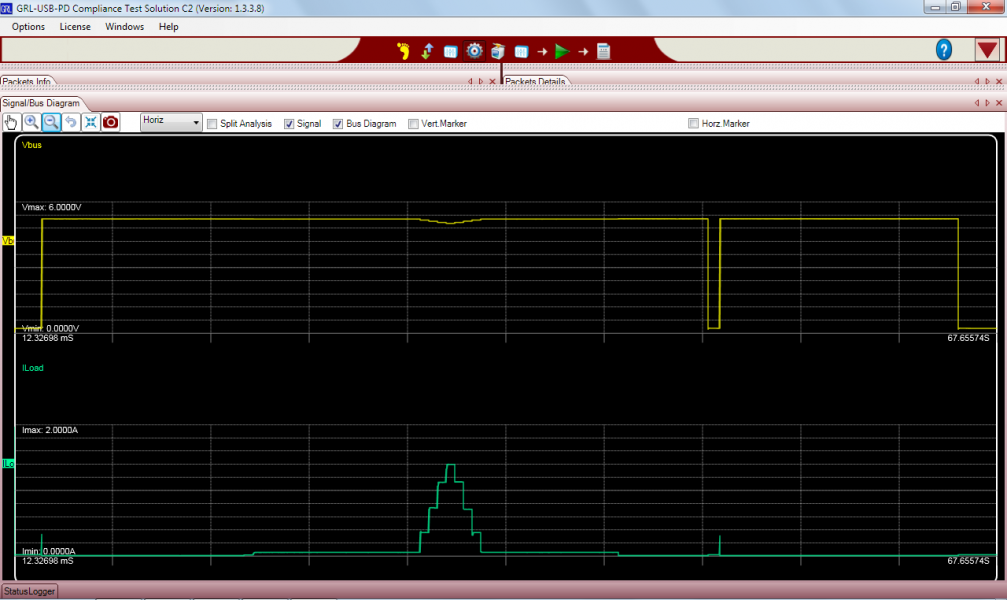
We'll get to know more in the coming reviews how the Mi 6 phone performs with Qualcomm Quick Charge and USB Power Delivery based chargers.
View Full Article
Featured Products
 GTrusted
GTrusted







